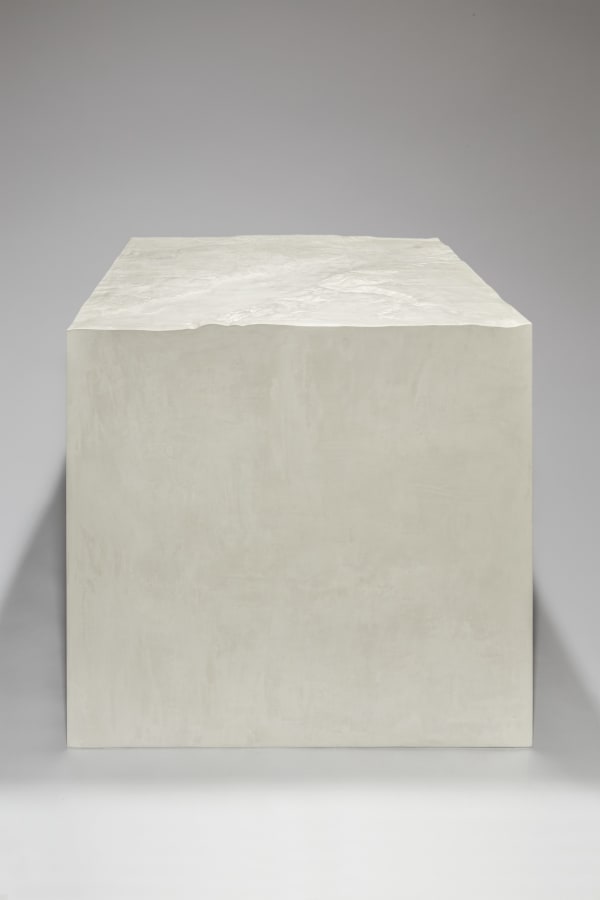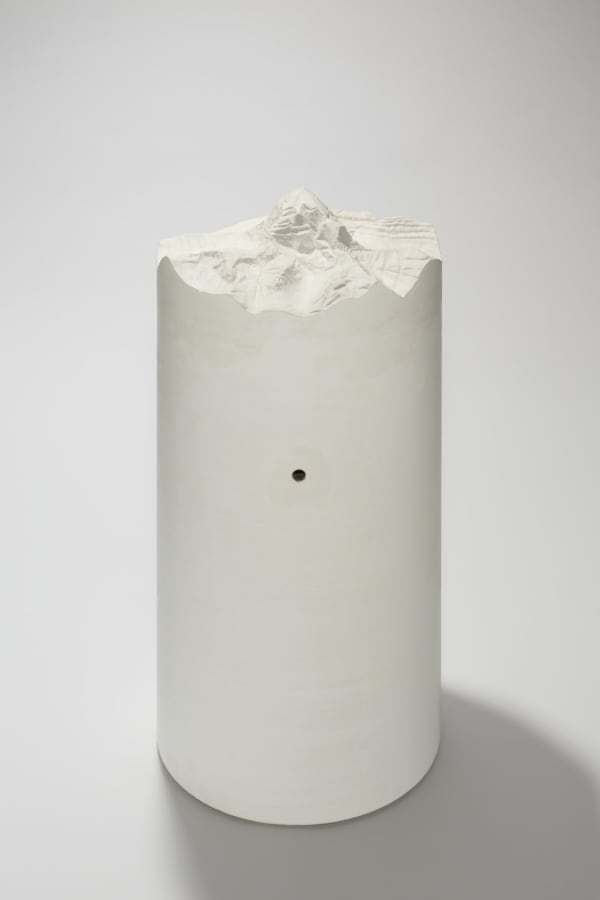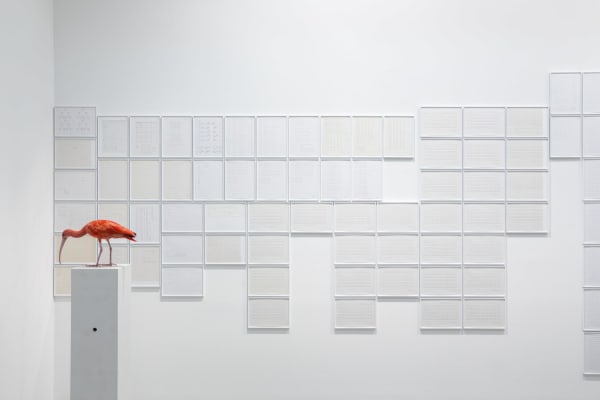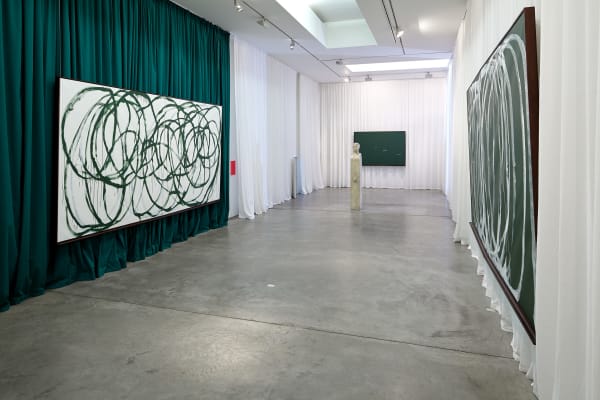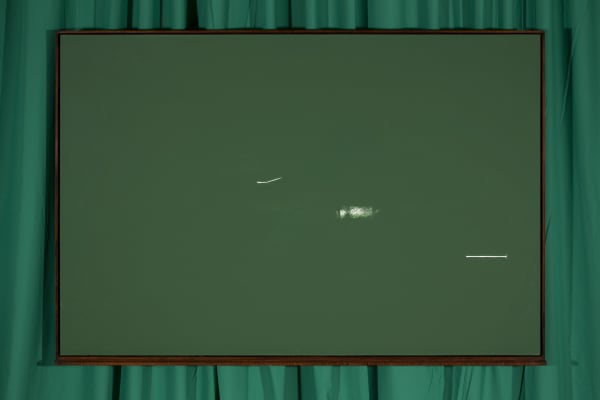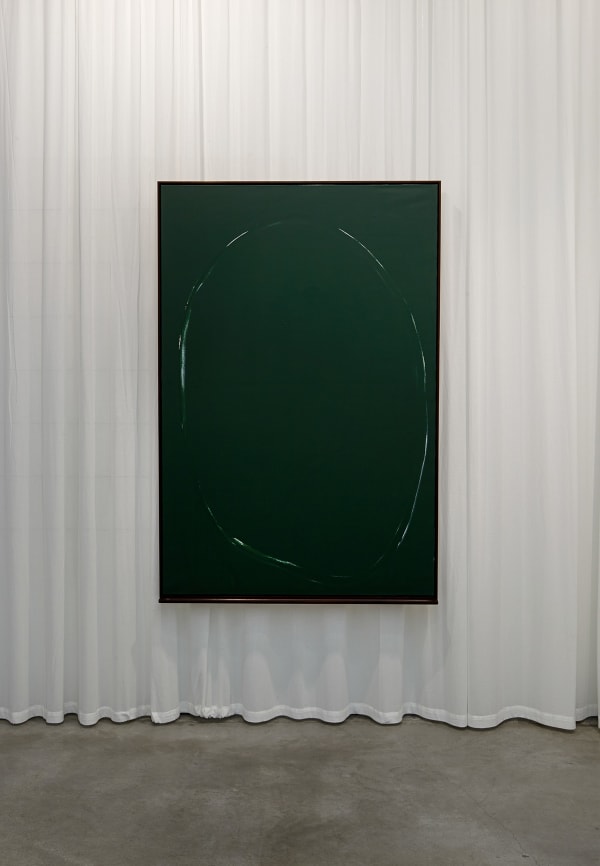Eighteen Exhibitions: MICHAEL MÜLLER
-
Introduction
Teil 5. Wartezimmer
September 6 − 19, 2013Teil 6. 1913
September 6 − 19, 2013Teil 7. Der Spiegel
September 21 − November 9, 2013Teil 8. Gefühl und Gefüge in C oder der Moment, in dem sich der Gedanke in Form eines Gefühls ankündigt (musikalisch)
September 21 − October 5, 2013Teil 9. 1913 hieß Ulrich noch anders: Eine Vorschau
October 6 − 19, 2013Teil 11. Der Mont Blanc ist höher als der Mount Everest
October 22 − November 9, 2013
After the prologs this past April, Michael Müller’s exhibition cycle will continue at the Galerie Thomas Schulte as of September. In the course of the exhibition the show rooms will be altered repeatedly in structure and detail. Some exhibitions will only be up for several hours while others will go on for longer periods of time. The exhibition cycle in its entirety will culminate in 2014. The starting point of Michael Müller’s exhibition cycle will be Robert Musil’s novel, The Man without Qualities. More than 17 years ago Michael Müller began to translate Musil’s novel into his own system of character-codes. Müller’s system, K4, is composed of circle-segments as well as horizontal and vertical lines. To date the system consists of 400.000 single characters, each baring a separate meaning and function based on a set of ground rules accorded to their shape. Each character can – potentially – be deciphered, however in their accumulation the characters fall back to graphic forms. The wealth of meaning therefore leads to utter unintelligibility. Thus, as a whole the intent of the K4-scheme becomes devoid of purpose and extent. A large sum of Müller’s transcribed bookpages will adorn the gallery walls for the extent of the main exhibitions, along with the K4-archive documenting the origins and development of his writing-system. In front of this – sometimes visible, sometimes hidden behind a curtain – Michael Müller will re-enact exhibitions revolving around the time period of the novel, mainly the year 1913, where Robert Musil’s unfinished book begins. For this he will install works and objects by other artists and non-artists, as well as several of his own works.During the first exhibition, which will only be on view the evening of the opening on Thursday, 5th of September 2013, 7 to 9 pm, the main exhibition room will not be accessible: visible only through a small gap in the entrance door. Barely audible, an art historian standing alone with the artworks will hold a speech on the concept and structure of the exhibition series. In the gallery’s vestibule, a person will in vain be sitting and awaiting entrance to the exhibition. The inaccessibility of the exhibition, which mirrors the fragmentary character of the novel and locks itself in an explicit style of reading, is thereby taken literally.
It is only in line with the following exhibition, beginning on 6th of September, that the main exhibition space will be made accessible. However, visitors will only be allowed entrance through a waiting room, wherefrom they will be led into the main exhibition. Along with countless folios in K4-writing, an ibis, relating to the Egyptian God Thot, the inventor of language and therewith an insinuation on Müller’s K4-system, becomes a prominent theme, just as in the exhibition’s prolog. Coincidentally, the ibis can be understood as a reference to Musil’s novel, wherein the divine twins Isis and Osiris are placed in juxtaposition to the relationship between Ulrich and his sister Agathe.
In the further course of the exhibition another version of Musil’s novel will be presented in addition to Michael Müller’s K4-character system, in which the third book of Musil’s novel is reproduced mirror-inverted. Just as in Müller’s translation process, the once legible text becomes a series of images, whose meaning is only generated with the help of a mirror.
While some works and groups of works appear but once within the course of the exhibition-series, others are continuously utilized. In time, a network of references between artworks and exhibitions will begin to unfold so that ultimately a multitude of single elements merge into one complex whole. What is being communicated is a plurality of correspondences, which are often implied but belong to a greater, more profound understanding. As a central question in his exhibition cycle, Michael Müller investigates the accessibility of art. In the Musilian sense of digressing from the classical literary concept to the linear narrative structure, Müller too purposely goes against the expectations of his audience. The preliminary and unfinished nature of Musil’s novel-fragment, as well as the impossibility of reaching a precise interpretation thus becomes the mirror of Michael Müller’s exhibition.
-
Installation Views
-
Works
-
Artists on view
-
Inquire about works by Eighteen Exhibitions





